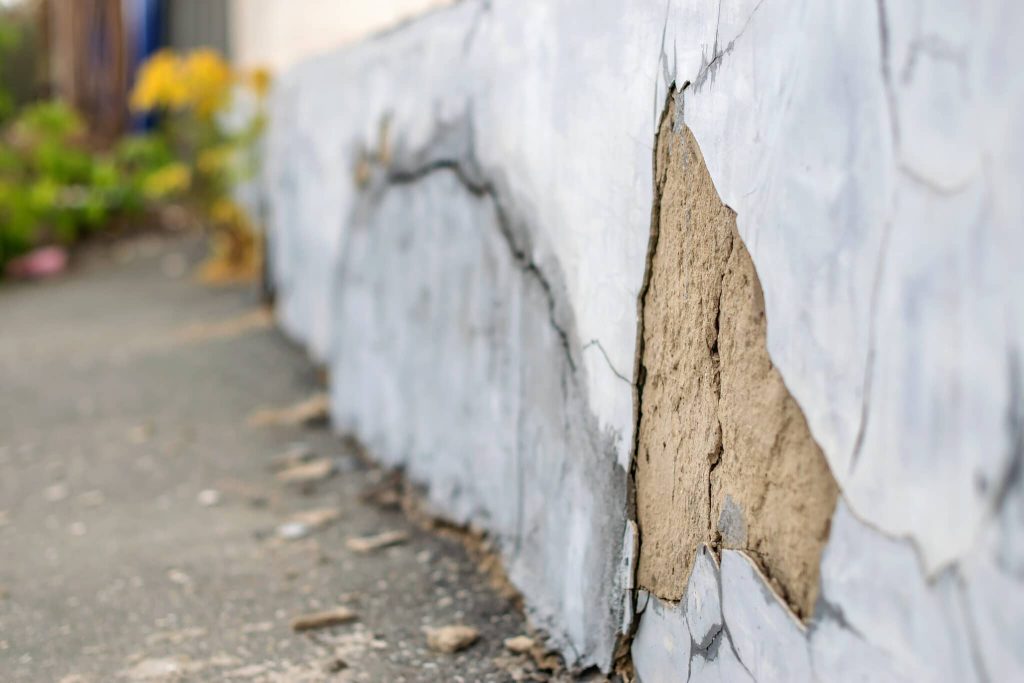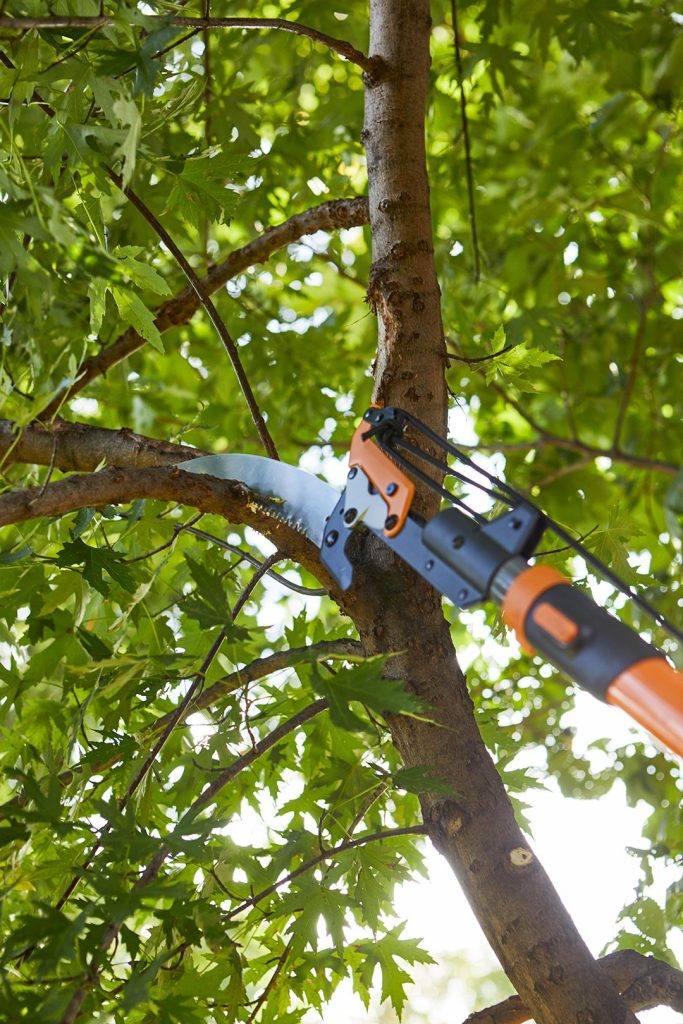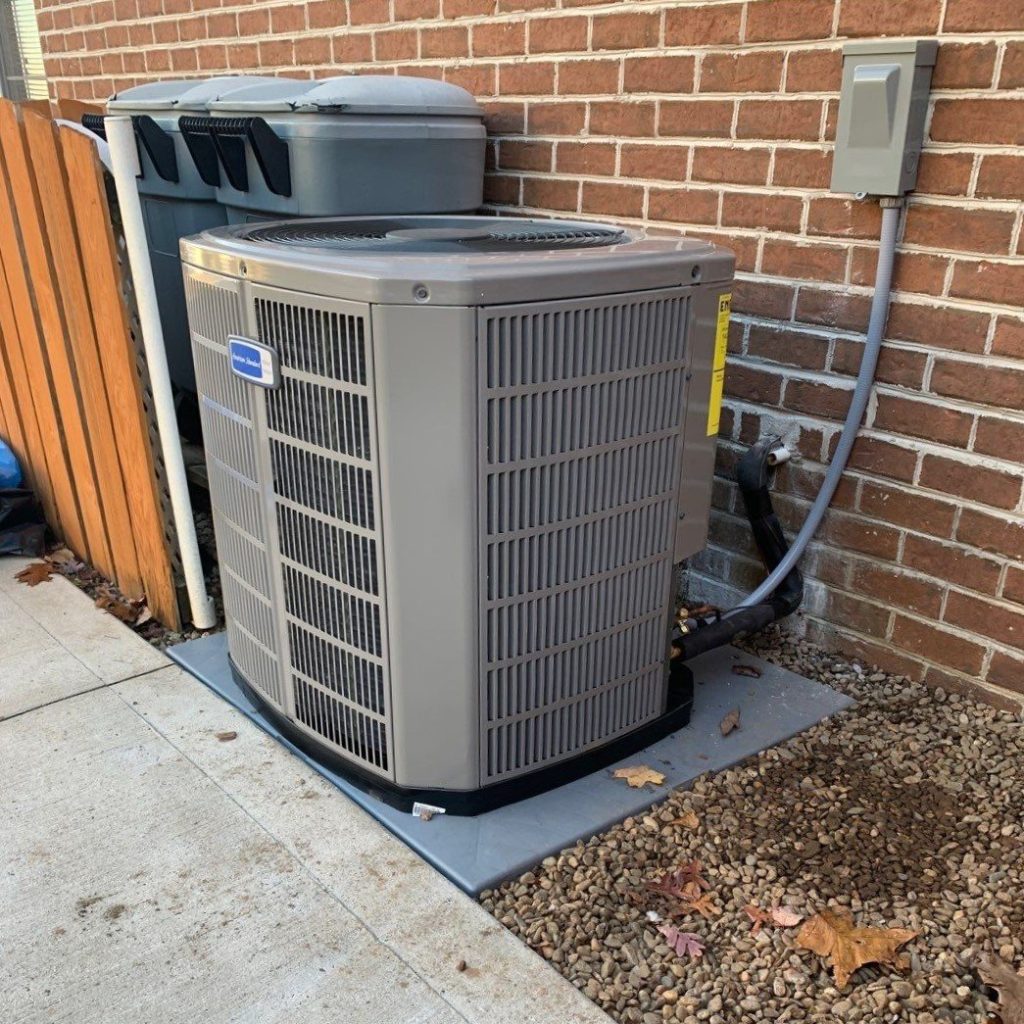10 Fall Maintenance Tips to Prevent Water Damage in Your Home

As the beautiful colors of autumn begin to take over and temperatures start to drop, it’s easy to get caught up in the festive spirit of the season. However, fall is also a critical time to perform maintenance on your home to avoid the potentially devastating consequences of water damage. Rain, falling leaves, and fluctuating temperatures can all contribute to water damage if your home isn’t prepared. This blog will guide you through ten practical fall maintenance tips to prevent water damage and keep your home dry, safe, and sound.
Check out our water damage restoration services here.
Why Fall Maintenance Matters for Water Damage Prevention
Water damage is one of the most costly and disruptive problems a homeowner can face. Whether it’s caused by heavy rains, poor drainage, or leaks that go unnoticed, water can wreak havoc on your property, resulting in expensive repairs, mold growth, and even structural damage. Taking proactive measures in the fall can help you protect your home from water-related issues throughout the colder months.
To understand more about the impact of water damage and why taking preventive steps is crucial, please read our blog on Understanding Water Damage Risks, Prevention, and Quick Action for Health Benefits.
1. Clean Gutters and Downspouts

The Importance of Clean Gutters
One of the simplest and most effective ways to prevent water damage is to keep your gutters and downspouts clear. As leaves fall throughout the autumn season, they can accumulate in your gutters, clogging them and preventing proper drainage. This can lead to overflowing gutters, causing water to pool around your foundation, potentially leading to basement flooding or structural damage.
To prevent these issues, make sure to clean your gutters regularly, removing leaves, sticks, and other debris. This will help ensure that rainwater is properly diverted away from your home.
- Tip: Install gutter guards to reduce the frequency of cleanings and prevent leaves from entering your gutters in the first place.
Check Downspouts for Proper Water Flow
Downspouts play a critical role in carrying water away from your home. Check that your downspouts are clear and that water is being directed at least 5-10 feet away from your foundation. If needed, add extensions to ensure water is properly diverted and doesn’t collect near your home’s base.
2. Inspect Your Roof and Repair Any Damages
Roof Inspections are Key to Water Damage Prevention
Your roof is your home’s first line of defense against water damage. Loose, missing, or damaged shingles can allow water to seep into your home, leading to leaks, rot, and other costly issues. Inspect your roof for any signs of damage, such as cracked or curling shingles, and address these issues before the weather turns.
Consider hiring a professional for a detailed inspection. This will help identify any areas that might be vulnerable to water damage.
- Tip: Also check flashing around chimneys, vents, and skylights—these are common areas for leaks.
If you want to learn about the importance of acting fast in the face of water damage, check out our previous blog: Premier Water Damage Restoration Company.
3. Seal Windows, Doors, and Foundation Cracks

Proper Sealing Prevents Water Ingress
Windows and doors can be major sources of water infiltration if not properly sealed. Check the caulking and weatherstripping around all windows and doors, and replace any areas that show wear. Even small gaps can allow water to seep in, causing mold and damage to walls and flooring.
Additionally, inspect your foundation for any visible cracks. Cracks in the foundation can allow water to enter your basement, leading to flooding and structural issues. Use waterproof caulk or sealant to fill any cracks you find, and consider professional help for larger or more severe cracks.
- Tip: Applying waterproof sealant to your basement walls can also add an extra layer of protection.
4. Check the Grading Around Your Home
Ensure Proper Drainage Away from the Foundation
The land around your home should be graded so that water flows away from the foundation. Over time, soil can settle and create low spots where water can pool, increasing the risk of foundation leaks. Walk around your home and check for any areas where water might collect. If needed, add soil to create a gentle slope away from your home.
Proper Drainage Helps Prevent Water Buildup
Ensuring your yard has adequate drainage will also help prevent water damage. If you have areas where water tends to pool, consider installing French drains or other drainage systems to redirect water away from your home.
5. Maintain Your Sump Pump
Test Your Sump Pump Before Heavy Rains
If you have a sump pump, make sure it is working properly before the rainy season begins. A functioning sump pump is essential in preventing basement flooding. Test your pump by pouring a bucket of water into the sump pit—the pump should start automatically and remove the water. If your sump pump has a battery backup, ensure the battery is fully charged in case of power outages.

6. Trim Trees and Clear Debris
Prevent Roof and Gutter Damage from Overhanging Branches
Tree branches that hang over your roof can cause significant damage if they break during a storm. Trim any branches that are too close to your home to prevent them from falling on your roof or clogging your gutters. This simple action can reduce the risk of water damage to your roof and foundation.
7. Protect Outdoor Water Sources
Prevent Pipe Bursts from Freezing Temperatures
As temperatures drop, outdoor water sources can be at risk of freezing, which may lead to pipe bursts. Disconnect garden hoses, drain outdoor faucets, and shut off water to exterior spigots. You can also install insulated covers on outdoor faucets to protect them from the cold.
8. Inspect and Clean Basement Window Wells
Avoid Basement Flooding
Basement window wells can easily fill with leaves and debris, which can lead to water pooling against your windows and potentially leaking into your basement. Clean out any window wells and consider installing covers to keep them clear of debris and reduce the risk of water damage.
9. Monitor Humidity Levels Inside Your Home
Prevent Mold Growth
Water damage isn’t always caused by leaks—excessive indoor humidity can lead to mold growth and moisture damage. Use a dehumidifier to keep humidity levels in your home between 30-50%. This will help prevent condensation, especially in basements and attics.
10. Maintain Your HVAC System

Proper HVAC Maintenance Helps Prevent Condensation
Fall is a good time to have your HVAC system inspected and maintained. A well-functioning HVAC system can help control indoor humidity levels, preventing condensation buildup that could lead to mold growth and water damage. Make sure to change your air filters and have your system cleaned before winter arrives.
Conclusion: Prevent Water Damage Before It Happens
Water damage can be costly and inconvenient, but with the right preventive measures, you can protect your home from the elements this fall. By following these simple maintenance tips, you can keep your home dry and safe through the season and beyond. Remember, being proactive now will save you time, money, and stress in the long run.
If you ever face water damage despite your best efforts, Affordable Restoration is here to help. We provide comprehensive water damage restoration services to get your home back to its original condition.
For more information on water damage prevention and restoration, visit our restoration services page or contact us today for assistance.
Frequently Asked Questions Around Water Damage Prevention
| Question | Answer |
|---|---|
| How often should I clean my gutters to prevent water damage? | It is recommended to clean your gutters at least twice a year, particularly in the spring and fall. Regular cleaning helps prevent clogs and ensures proper drainage, reducing the risk of water damage to your home. |
| What should I do if I find cracks in my foundation? | If you find cracks in your foundation, you should seal them immediately using waterproof caulk or sealant. If the cracks are large or appear to be worsening, contact a professional for further inspection and repair. |
| How can I tell if my roof needs repair before the rainy season? | Check for loose, missing, or damaged shingles, and inspect flashing around chimneys, skylights, and vents. If you notice signs of wear or potential vulnerabilities, contact a professional roofer for a detailed inspection. |
| Why is it important to check my sump pump before fall rains? | Testing your sump pump before heavy fall rains is crucial because it helps prevent basement flooding. A functioning sump pump will ensure that any excess water is effectively removed from your basement to prevent damage. |
